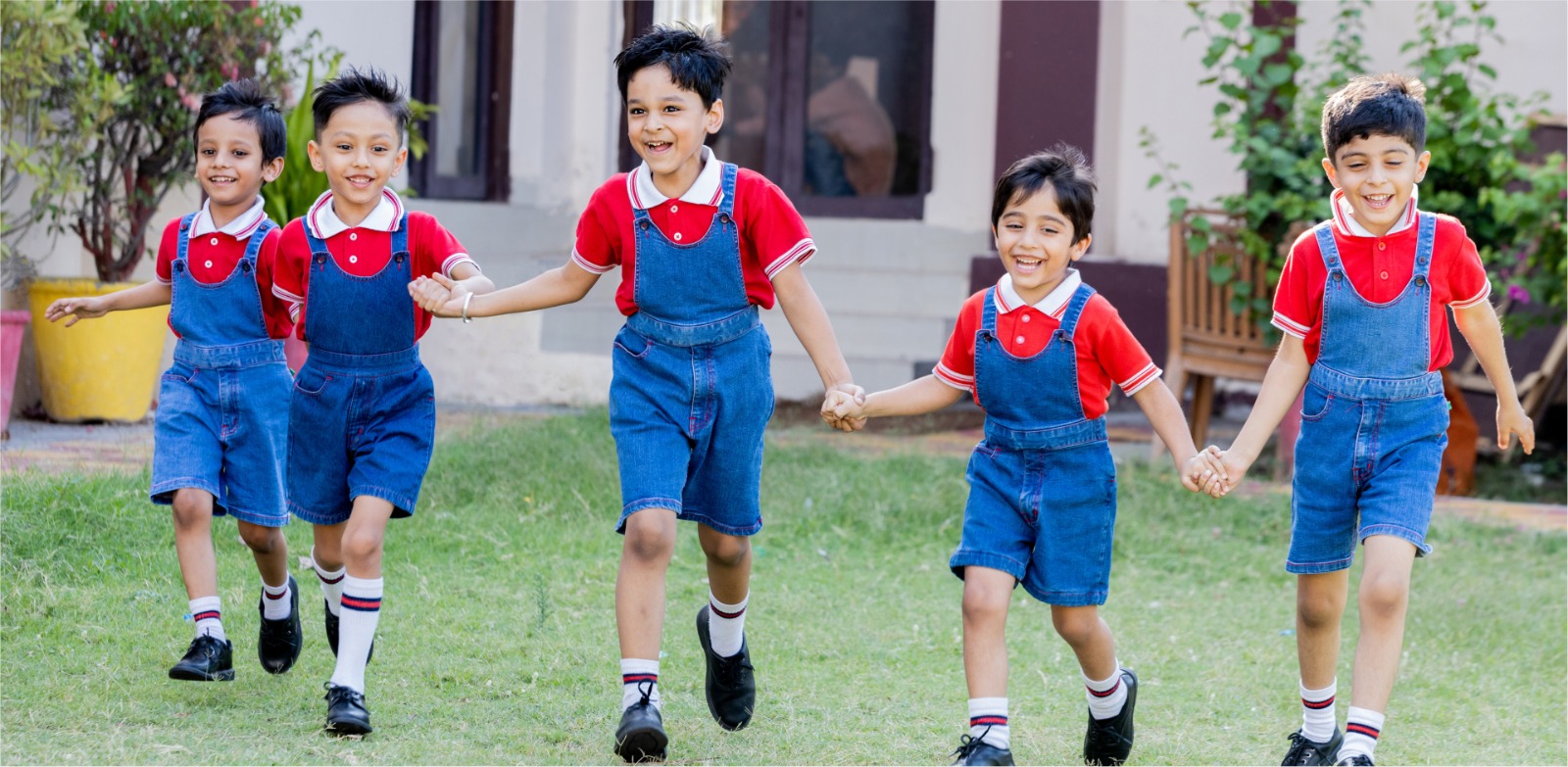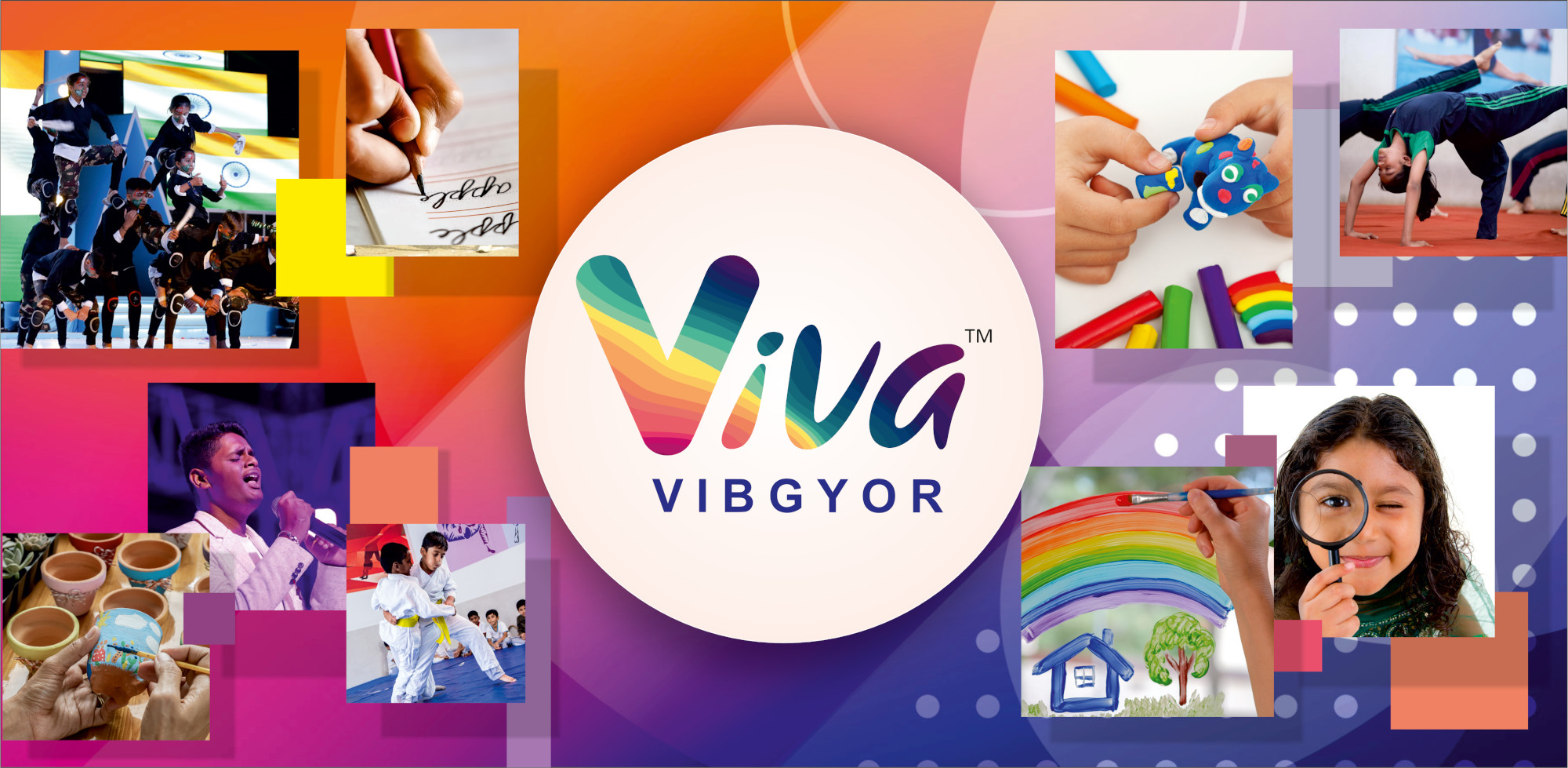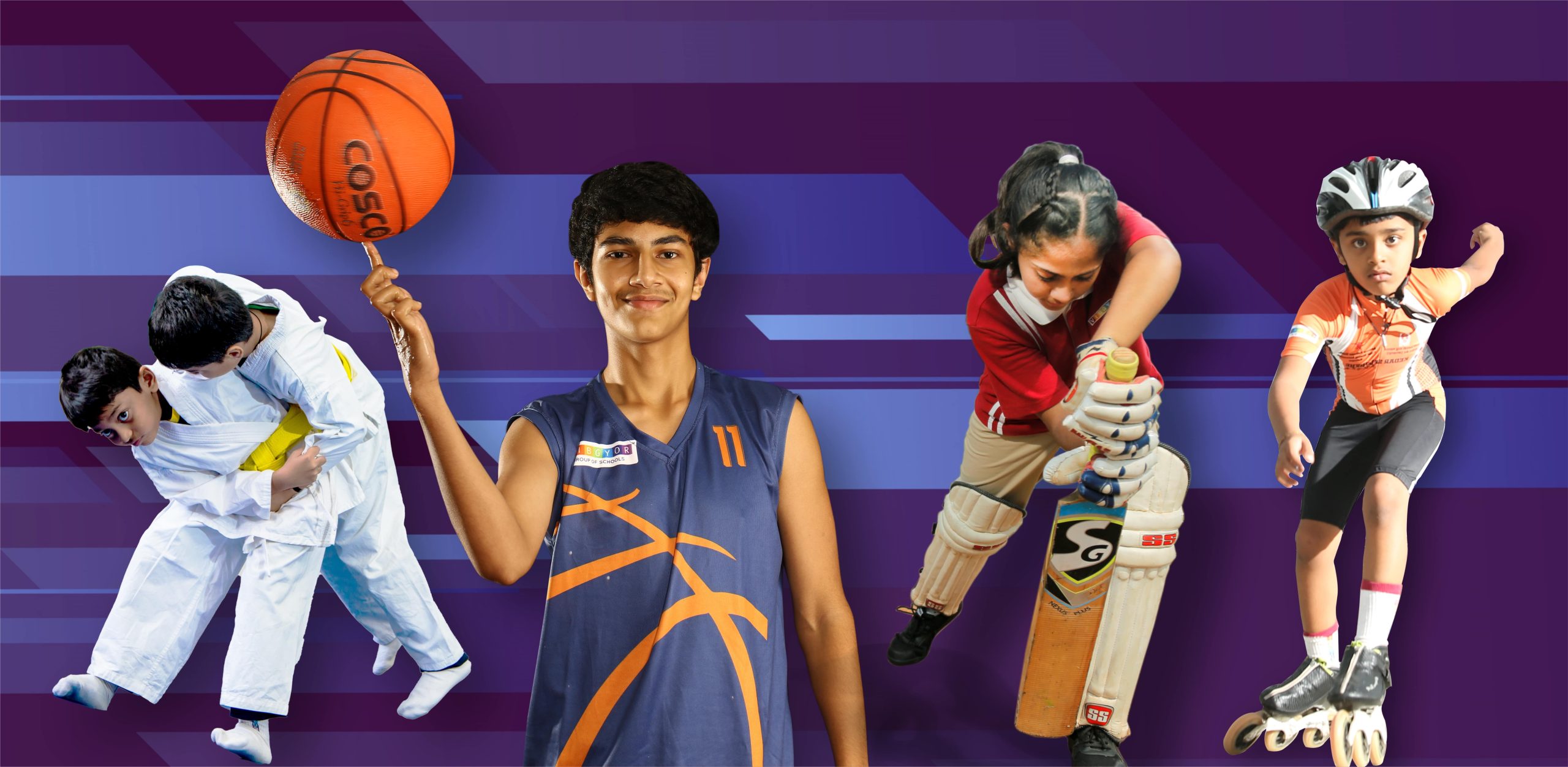![]()
Education is undergoing a remarkable transformation, one that’s not just about memorising facts or acing tests anymore. It’s becoming more holistic, recognising that developing good character traits is just as crucial as mastering academic subjects. This shift is particularly significant in elementary and high schools, where students are at a crucial stage of their development. In K-12 education, there’s a growing emphasis on nurturing both cognitive skills and character development. It’s about creating well-rounded individuals who not only excel academically but also possess the personal qualities needed to thrive in an ever-changing world. This approach isn’t just about preparing students for future careers; it’s about empowering them to lead fulfilling lives and make a difference in the world around them.
The Importance of Personality Development
Personality development in K-12 schools is crucial as it shapes students into well-rounded individuals. Beyond academics, cultivating traits like resilience, empathy, and communication skills fosters social and emotional intelligence. This foundation equips students to navigate challenges, collaborate effectively, and build meaningful relationships. Moreover, personality development nurtures self-awareness, helping students recognise their strengths and areas for growth. By integrating activities promoting creativity, leadership, and critical thinking into the curriculum, schools empower students to thrive in diverse settings. Ultimately, investing in personality development ensures holistic education, preparing students not just for academic success but for a fulfilling life beyond the classroom.
Skill Development for Career Readiness
Personality traits lay the groundwork for a character, but it’s skill development that truly equips students for career triumph. The K-12 curriculum must embrace a diverse range of skills: critical thinking, communication, problem-solving, and tech-savvy. In today’s ever-evolving job scene, where automation and innovation reign, these abilities are indispensable.
Critical thinking sharpens the mind, allowing students to dissect info, assess arguments, and make savvy choices—key for any profession. Effective communication, both verbal and written, is crucial for sharing ideas, collaborating, and connecting with diverse audiences. And in our digital era, technological prowess is non-negotiable, enabling students to navigate ever-changing tech landscapes across all sectors.
The Synergy Between Personality and Skills
The connection between personality traits and skills is mutually beneficial, each bolstering the other in a dynamic exchange. For example, resilience strengthens students’ capacity to overcome challenges they encounter while acquiring skills, fostering a mindset of growth that encourages ongoing learning. Similarly, proficiency in communication facilitates the expression of empathy, enabling students to forge deeper connections with others and navigate social interactions effectively.
Moreover, nurturing character traits like leadership and teamwork complements skill-building efforts by creating collaborative environments where students can pool their strengths to achieve shared objectives. Through extracurricular pursuits such as sports teams or student organisations, students have opportunities to apply both their skills and personality traits in practical settings, refining their abilities while fostering personal development.
Implementing Holistic Education Approaches
Taking a holistic strategy is critical for completely integrating character development and skill growth in K-12 schooling. At the heart of this endeavour is the “career counselling cell,” a dedicated resource that organises various programmes to develop the character and talents of students in grades XI-XII. Through targeted interventions, these cells aim to mark major milestones in students’ professional trajectories, helping them to foresee and pursue future career pathways that are compatible with their passions and talents. Furthermore, they help students make educated selections about courses and jobs, guiding them through the complex environment of higher education planning both locally and abroad. Furthermore, these counselling cells arrange in-person university tours to provide students with direct experience.
The Vocational Guidance and Counselling initiative is a key component of career counselling cells. This programme aims to provide students with insights into numerous career pathways, as well as assist them find their own talents and interests. Subject Strength Mapping helps students link their academic interests with their innate strengths, establishing a solid basis for their future activities. Furthermore, the Stream/Courses/Careers Mapping Programme assists students in exploring various academic routes and professional trajectories, allowing them to make well-informed decisions based on their goals.
An essential aspect of career planning involves navigating the complex process of domestic and international university applications. In this regard, the career counselling cell offers indispensable support through specialised tools such as the Common App, UCAS, and Direct Apply, streamlining the application process and equipping students with resources for pre-admission preparation, visa applications, and pre-departure arrangements. Moreover, entrance exam mentoring programs for standardised tests like SAT, AP, CLAT, PSAT, IELTS, TOEFL, and PTE enhance students’ competitive edge, comprehensively preparing them for the challenges of higher education.
A student’s career planning and development are guided by personalised counselling sessions, led by experienced professionals. Each student receives personalised guidance tailored to their unique aspirations and circumstances, as these tailored sessions cater to both group dynamics and individual needs. Moreover, career days, university fairs, summer immersion programs, and panel discussions provide students with valuable exposure to emerging trends, enabling them to make well-informed decisions about their future career paths and gain insights into the job market. Besides helping students network with potential employers, these activities also provide valuable opportunities for building valuable connections.
A crucial aspect of career readiness involves mastering the art of self-presentation, encompassing portfolio building, profile development, and workshops on crafting statements of purpose and personal essays. By refining their ability to articulate their academic and professional journeys, students equip themselves with a potent tool for showcasing their talents and aspirations to prospective institutions and employers.
For students on the brink of transitioning from academia to the corporate world, the Campus to Corporate Program offers indispensable guidance on navigating the intricacies of professional life. From crafting resumes to preparing for interviews, this program equips students with the skills and insights needed to thrive in the competitive corporate landscape.
Lastly, mentorship programs and alumni engagement initiatives further enrich students’ learning experiences by providing them with invaluable insights and guidance from seasoned professionals. By fostering meaningful connections and mentorship relationships, the career counselling cell ensures that students have a robust support system as they transition from school to higher education and beyond.
Conclusion
In K-12 education, the focus must extend beyond academic achievement to encompass the holistic development of students’ personalities and skills. By nurturing positive character traits alongside cognitive abilities, educators can empower students to navigate the complexities of the modern world with resilience, empathy, and adaptability. This dual impact of personality and skills shapes students’ academic trajectories and lays the groundwork for fulfilling careers and meaningful contributions to society. As we refine educational practices, let us recognise the interconnectedness of character-building and skill development, harnessing their collective power to nurture tomorrow’s leaders, innovators, and compassionate citizens.
At VIBGYOR Career Counselling Cell (VC3), we empower Grades 8-12 learners to carve career milestones, make informed choices, plan higher education, and drive future success.





